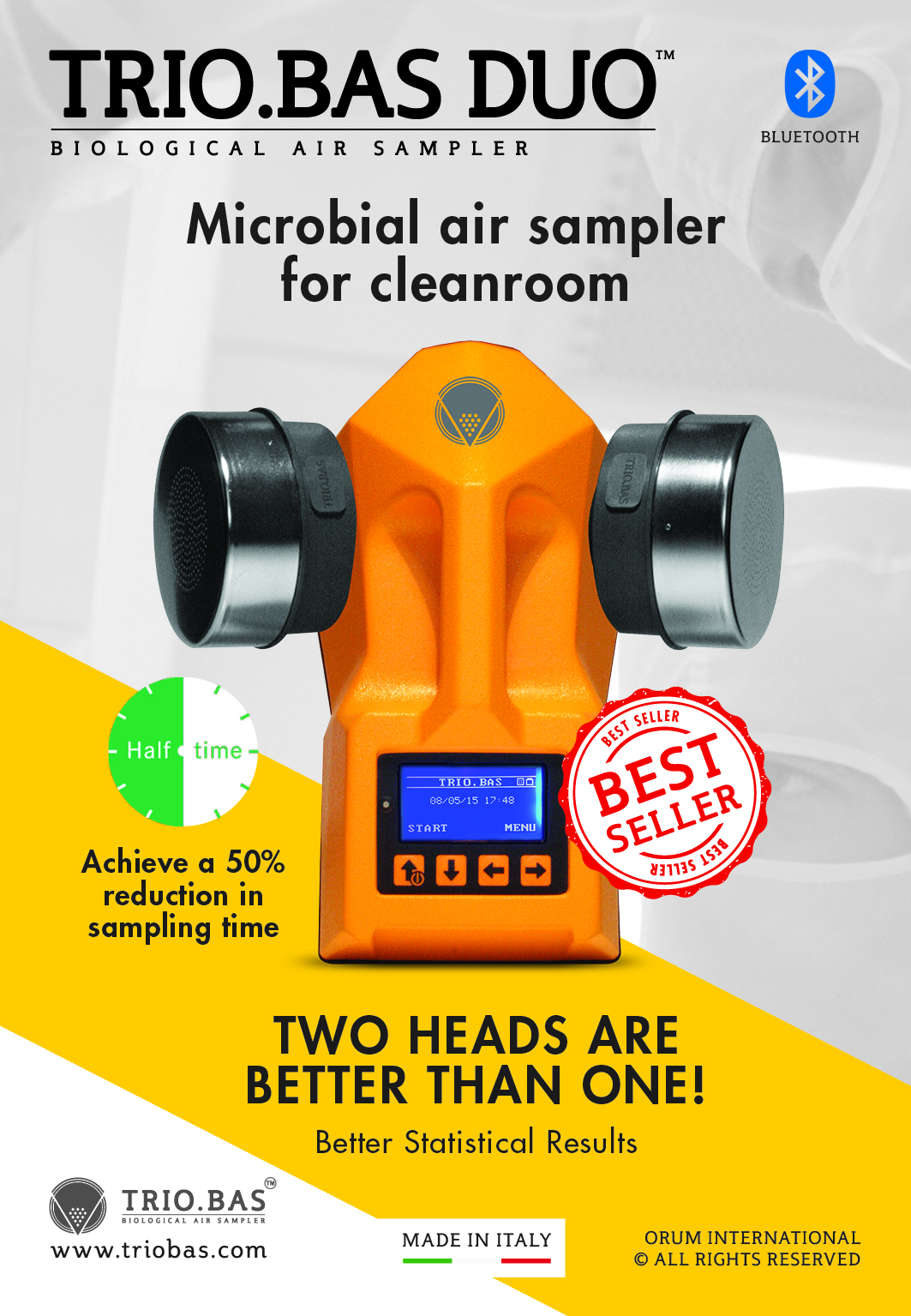SAFETY & CHEMISTRY
Which are the guidelines for a correct chemicals storage in the analytical laboratory?
Some words of caution are in order. No matter how complete your list seems or how complex the compatibility matrix appears, there is always the exception chemical, the one that falls into two (or more) groups. Beware of this and seek expert advice when you are unsure about safe storage. In closing, here are a few more guidelines for safe chemical segregation:
- Do not store chemicals alphabetically as a general group. Separate into compatible groups first.
- Do not store chemicals on high shelves or in high cabinets. A good rule is to store them at eye level or below.
- Do not store chemicals on bench tops or in hoods, except for those being used currently.
- Do not store incompatible materials one above the other on shelving in the lab. Prevent any chance of accidental mixing.
- Do separate chemicals into their organic and inorganic families and then compatible groups.
- Do provide a definite storage place for each chemical and return the chemical to that location after each use.
- Do store volatile toxics and odiferous chemicals in a ventilated cabinet.
- Do store flammable liquids in approved flammable storage cabinets or safety cans.
- Do ensure that shelving materials are appropriate and compatible with the chemicals stored on them (e.g., do not store oxidizers on wooden shelves).
Finally, for those of us in seismically active regions, there are additional precautions (and probably regulations) to address. In these areas we should have lipped shelving and secured storage units, at a minimum. Check with your local authorities for additional guidance. As always, safety first.
References
1. Hazard Investigation: Improving Reactive Hazard Management. U.S. Chemical Safety and Hazard Investigation Board. Report No. 2001-01-H, NTIS No. PB2002- 108795. 2002.
2. Laboratory Safety Incidents. Laboratory Health and Safety Committee, American Industrial Hygiene Association. March 2009.
3. NFPA 55 Compressed Gases and Cryogenic Fluids Code, 2010 edition. National Fire Protection Association, Quincy, MA. 2004. www.nfpa.org/AboutTheCodes/AboutTheCodes.asp?DocNum=55.
Additional Resources
Prudent Practices in the Laboratory: Handling and Disposal of Chemicals. National Research Council. National Academy Press. Washington, D.C. Latest edition.
NIOSH Pocket Guide to Chemical Hazards. National Institute of Occupational Safety and Health. Publication 2005-149. www.cdc.gov/niosh/npg/.
CRC Handbook of Laboratory Safety, 5th edition. CRC Press, LLC, Boca Raton, FL. 2000. Compatibility chart online here: rehs.rutgers.edu/pdf_files/ Chemical_Comp_Chart.pdf.
A Method for Determining the Compatibility of Chemical Mixtures. U.S. Environmental Protection Agency, Cincinnati, OH. EPA-600/2-80-076. 1980. Compatibility chart online here: rehs.rutgers.edu/pdf_files/ Chemical_compatibility.html.

















